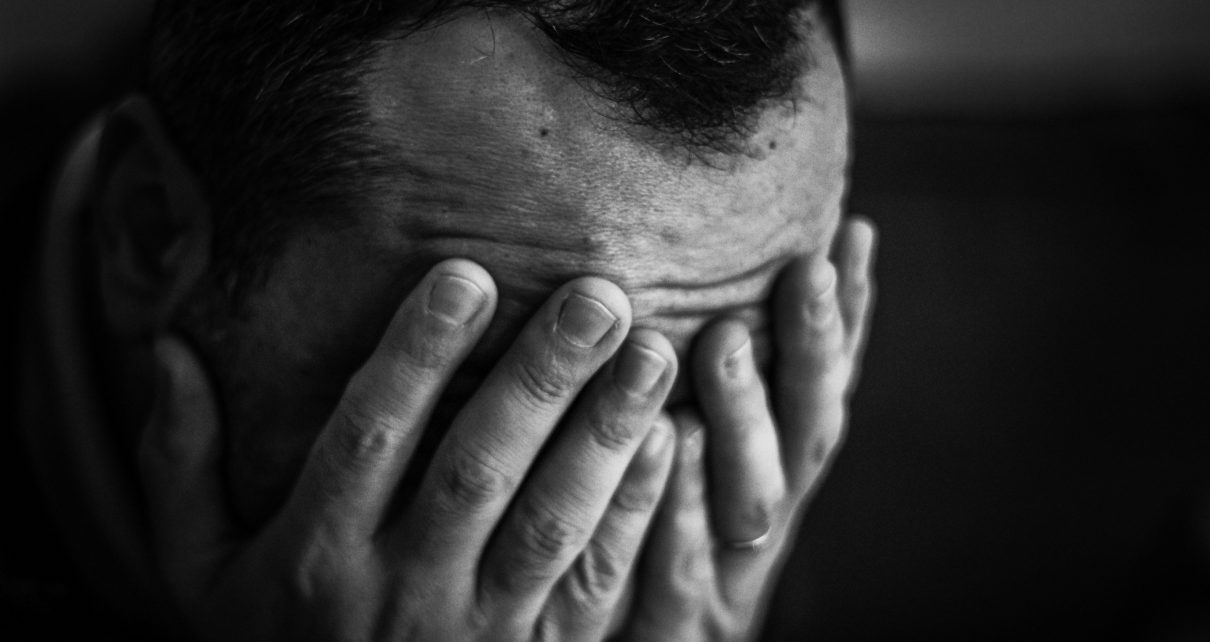As our country battles two simultaneous major public health crises—COVID-19 and systemic racism—our now endemic public health crisis of gun violence looms over the United States and leaves many of us in health care sleepless at night. American gun violence predates and will far outlive COVID-19—and its threat has burgeoned in the pandemic’s shadow as nearly two million Americans purchased new guns in March alone. With increasing evidence that new handgun ownership is strongly associated with suicide—especially immediately after purchasing the weapon—it’s only a matter of time before gun violence explodes once again. And we’re already starting to see a spike in gun violence this year, with shootings doubling in some areas compared to last year. In light of this, temporary Extreme Risk Protection Orders (ERPOs), also known as “red flag” laws, may be your best bet to urgently disarm and save the life of a loved one. And making sure you’re familiar with ERPOs can make all the difference during these turbulent times.
COVID-19 has led to a startling, dramatic rise in U.S. gun sales. FBI data indicate that firearm background checks in March were 12 percent higher than the previous record of 3.3 million in December 2015. Background checks in Virginia increased by 80 percent during the same period. And an estimate by the firm Small Arm Analytics and Forecasting suggests that gun sales across the country rose 85.3 percent in March compared to the same month last year.
Undoubtedly, fear and anxiety spurred by the virus are the roots of this firearms gold rush. In fact, the CDC reported that many people had signs of anxiety disorder (about 30 percent) and depressive disorder (about 23 percent) in surveys conducted from mid-April to mid-May.
This spike in gun sales in tandem with increasing economic stressors and social isolation resulting from COVID-19, plus the fact that suicide comprised more than 61 percent of all 2017 gun deaths, creates a tinderbox of circumstance and opportunity. And these trends are especially worrisome because new gun owners are at a substantially heightened risk of suicide. According to a recent study in the New England Journal of Medicine, handgun ownership is associated with a significantly higher risk of suicide, particularly in the 30 days following the purchase of the firearm, suggesting that many new gun owners buy firearms with deadly intent.
Enter the importance of red flag laws. Policy and public health experts created this court-issued order as a temporary prohibition on gun purchase or possession, but only when documented evidence shows someone is a threat to themselves or others. In New York, for instance, a member of the person’s family or household can initiate the order, as can a district attorney, police officer or school official. No criminal charges or penalties apply, and the prohibition is temporary.
Red flag laws can be highly effective. A study published in Law and Contemporary Problems found one averted suicide for every 10 to 11 gun seizure cases, and concluded that measures such as red flag laws could “significantly mitigate the risk” posed by gun owners who wish to do violence to themselves or others. Red flag laws in Connecticut and Indiana have been shown to reduce firearm suicide rates by 14 percent and 7.5 percent, respectively. In California, a case study found 21 instances where red flag laws disarmed people who were threatening mass shootings.
Unfortunately, red flag laws are not in force everywhere. Just 19 states and the District of Columbia have them in some form, each with slight variations in who can petition for the order, but the general principles are the same.
Knowing how to use red flag laws for the benefit of a family member can be lifesaving. In New York State, for instance, there are clear instructions on how to go about filing an ERPO. Once filed, the judge can decide that same day whether a temporary order is issued. If so, police will deliver the order to the person you are concerned about and remove firearms from that household. Within a week or so, a hearing will be scheduled, and the judge will determine whether or not to issue a final ERPO, which is valid for up to one year. If no final ERPO is issued, the temporary order is terminated, and the firearm is returned to the individual. And since firearm-related suicide and homicide are often impulsive in nature, removing firearms even temporarily can be lifesaving for loved ones who are a danger to themselves or others.
As the COVID-19 surge starts to ebb, at least for now, firearms will remain a grave challenge to public health in the US. To heal this long-festering wound, we need to work together to prevent gun violence, and red flag laws are an effective tactic. Our challenge is to spread awareness and empower everyone to protect those who may be in harm’s way.


